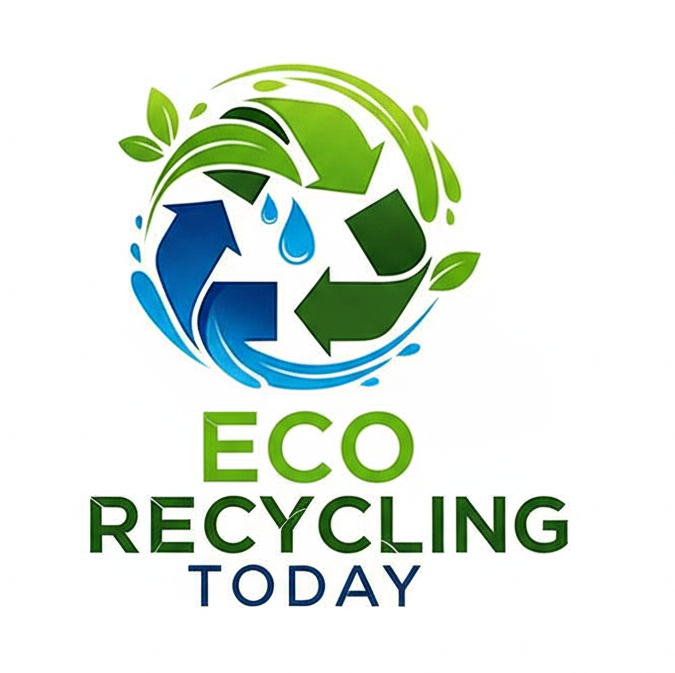As industries push toward more sustainable practices, regrind plastic has emerged as a cost-effective and eco-friendly solution for packaging. Regrind refers to plastic scrap that’s processed back into small flakes or pellets, then reused in manufacturing—especially in packaging applications.
If your business is looking to produce regrind plastic for packaging, the right set of machines can help you streamline the process, cut raw material costs, and reduce waste. We’ll explore the key equipment you need to transform plastic waste into high-quality regrind ready for reuse.
What Is Regrind Plastic?
Regrind plastic is processed scrap material derived from post-industrial or post-consumer plastic waste. It typically goes through a sequence of shredding, washing, drying, and granulating to produce reusable flakes or pellets.
Common Uses in Packaging:
- Thermoformed trays
- Bottles and containers
- Stretch wrap and films
- Pallets and crates
Benefits of Using Regrind Plastic in Packaging
- Cost Savings: Reduces dependency on virgin plastic.
- Sustainability: Supports circular economy and lowers carbon footprint.
- Waste Reduction: Diverts plastic from landfills.
- Versatility: Can be reused in a wide range of packaging formats.
Machines for Regrinding Plastic for Packaging
To create high-quality regrind plastic, your recycling line needs several types of machines working in sync. Here’s what you’ll need:
1. Plastic Shredder or Crusher
Purpose: Breaks down large plastic parts like bottles, containers, or scrap film into smaller, manageable pieces. Features to Look For:
- Adjustable blade sizes
- High throughput capacity
- Safety interlocks
Shredding is the first step to prepare the material for washing and granulation.
2. Plastic Washing Line
Cleans the shredded plastic to remove labels, adhesives, dirt, and contaminants. Components Include:
- Friction washers
- Float-sink tanks
- Hot wash tanks
- Rinse stations
Clean plastic yields better quality regrind and is essential for food-grade or high-performance packaging applications.
3. Drying System
Removes moisture after washing to prepare the plastic for extrusion or granulation. Options Include:
- Centrifugal dryers
- Thermal dryers
- Dewatering machines
Excess moisture can compromise the integrity of regrind and cause processing issues later on.
4. Plastic Granulator or Grinder
Further reduces the washed and dried plastic into uniform flakes or pellets.
- Ensures consistency for downstream use
- Ideal for extrusion or injection molding lines
- Improves material flow and melt properties
Look for machines with hardened steel blades and screens for consistent output size.
5. Extruder & Pelletizer (Optional)
If you want to turn your plastic flakes into high-quality pellets for more advanced packaging applications, consider adding an extrusion system.
Extruder Functions:
- Melts the plastic flakes
- Filters out residual contaminants
- Reforms the material into a consistent flow
Pelletizer Functions:
- Cuts extruded plastic into uniform pellets ready for manufacturing
- Pellets are ideal for blow molding, film blowing, and thermoforming processes.
6. Material Handling Equipment
Don’t forget about the logistics side of your operation. Use:
- Conveyors for automatic feeding
- Silos or storage bins for bulk handling
- Pneumatic or auger systems for material transfer
These support systems help streamline operations and minimize downtime.
Regrind plastic is not just an environmentally friendly option—it’s a smart business strategy. With the right machines—shredders, washers, dryers, granulators, and (optionally) extruders—you can convert plastic waste into valuable packaging material. Whether you're a packaging manufacturer or a recycling facility, investing in the right equipment is the first step toward a circular, cost-efficient operation.
